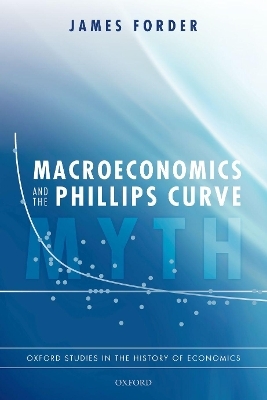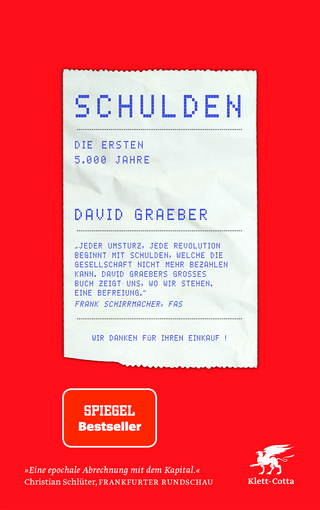
Macroeconomics and the Phillips Curve Myth
Oxford University Press (Verlag)
978-0-19-881987-5 (ISBN)
This book reconsiders the role of the Phillips curve in macroeconomic analysis in the first twenty years following the famous work by A. W. H. Phillips, after whom it is named. It argues that the story conventionally told is entirely misleading. In that story, Phillips made a great breakthrough but his work led to a view that inflationary policy could be used systematically to maintain low unemployment, and that it was only after the work of Milton Friedman and Edmund Phelps about a decade after Phillips' that this view was rejected. On the contrary, a detailed analysis of the literature of the times shows that the idea of a negative relation between wage change and unemployment - supposedly Phillips' discovery - was commonplace in the 1950s, as were the arguments attributed to Friedman and Phelps by the conventional story. And, perhaps most importantly, there is scarcely any sign of the idea of the inflation-unemployment tradeoff promoting inflationary policy, either in the theoretical literature or in actual policymaking. The book demonstrates and identifies a number of main strands of the actual thinking of the 1950s, 1960s, and 1970s on the question of the determination of inflation and its relation to other variables.
The result is not only a rejection of the Phillips curve story as it has been told, and a reassessment of the understanding of the economists of those years of macroeconomics, but also the construction of an alternative, and historically more authentic account, of the economic theory of those times. A notable outcome is that the economic theory of the time was not nearly so naïve as it has been portrayed.
James Forder has been a senior teaching member of Oxford University since 1993 and is Andrew Graham Fellow and Tutor in Political Economy at Balliol College Oxford, where he is also Vice Master (Executive). He has taught at La Sorbonne and for Stanford University, and is Managing Editor of Oxford Economic Papers. He has previously researched on European integration and the economics of central bank independence. He was Senior Tutor of the Oxford University Business Economic Programme, and a member of the Council of Business for Sterling, in the days of the debate over British membership of the euro.
Introduction
1: The Curve of Phillips
2: The Role of Samuelson and Solow, American Economic Review 1960
3: The Phillips Curve Literature before Friedman's Presidential Address
4: The Post-1968 Literature
5: Attitudes to Inflation
6: Policymaking and Histories of Policymaking
7: Explaining the Emergence of the Myth
8: Conclusions
Notes
References
Index
| Erscheinungsdatum | 16.04.2018 |
|---|---|
| Reihe/Serie | Oxford Studies in the History of Economics |
| Verlagsort | Oxford |
| Sprache | englisch |
| Maße | 157 x 234 mm |
| Gewicht | 488 g |
| Themenwelt | Geschichte ► Teilgebiete der Geschichte ► Wirtschaftsgeschichte |
| Wirtschaft ► Allgemeines / Lexika | |
| Wirtschaft ► Volkswirtschaftslehre ► Makroökonomie | |
| ISBN-10 | 0-19-881987-0 / 0198819870 |
| ISBN-13 | 978-0-19-881987-5 / 9780198819875 |
| Zustand | Neuware |
| Informationen gemäß Produktsicherheitsverordnung (GPSR) | |
| Haben Sie eine Frage zum Produkt? |
aus dem Bereich


